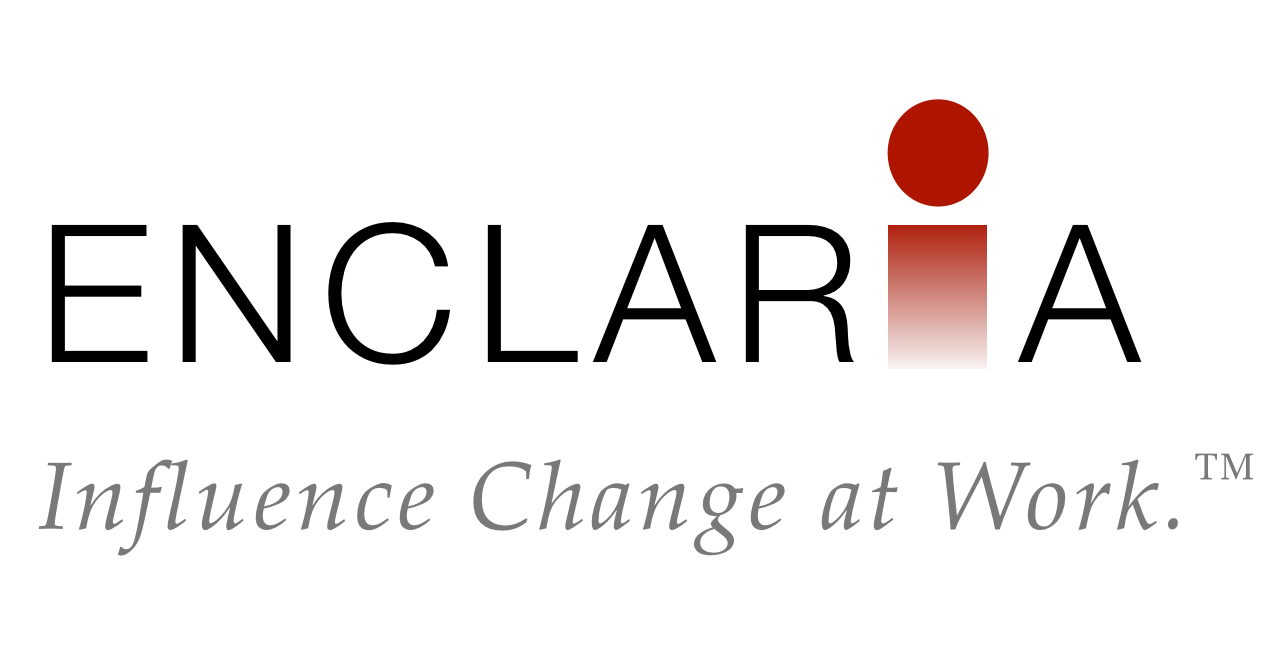I recently had a conversation with an Organization Development professional who was frustrated by her organization’s “preoccupation with quantification” – the requirement to measure and justify all initiatives and decisions by calculating their financial impact.
The frustration, of course, is that in her role in OD, she dealt primarily with people. And the impact of an organizational effectiveness initiative is not always easily quantifiable, and even if you can measure it, translating the value to dollars seems contrived (and easily argued with). She was looking for a better way to communicate the value and assess the impact of the organizational improvements she was making.
I ran into this same challenge when I was an industrial engineer, and it was my job to measure everything. It was usually easy enough to make the engineering calculation based on wages, efficiency, and number of FTEs (Full-Time Equivalents, where you usually end up calculating fractions of people). With enough creativity and tricky Excel formulas, I could turn anything into a dollar value. But did it really translate into actual savings? More importantly, did it drive the right decision?
These were some of my tips for her:
- If you can’t calculate a dollar value (or one that justifies the initiative), link the initiative to the organization’s strategy. Demonstrate how it contributes to how the organization is going to cause its future success. This is where the Balanced Scorecard methodology can come in handy – in addition to financial measures, it also includes customer, process, and organizational measures, which is why it’s called balanced.
- Use proxy measures for things that are not really quantifiable. You may not be able to measure something like teamwork, but you can count the number of teams in action, track teams’ output, or use a survey to find out whether people are collaborating or competing. Always remember, when using a proxy, that it is just an indicator, and not an actual measurement of what you wish you could quantify.
- If you can measure nothing at all, at least use a red/yellow/green indicator (green is good, red is bad) and take a poll.
Organizational improvements are naturally fuzzy. Nailing down a monetary value can be impossible, and even if you can quantify an initiative in dollars, it might not reflect the true impact to the organization. It is your role as change agent to help leaders see beyond the dollar signs to understand how the project helps them achieve the organization’s objectives.
How do you communicate the value of something that is hard to measure?
